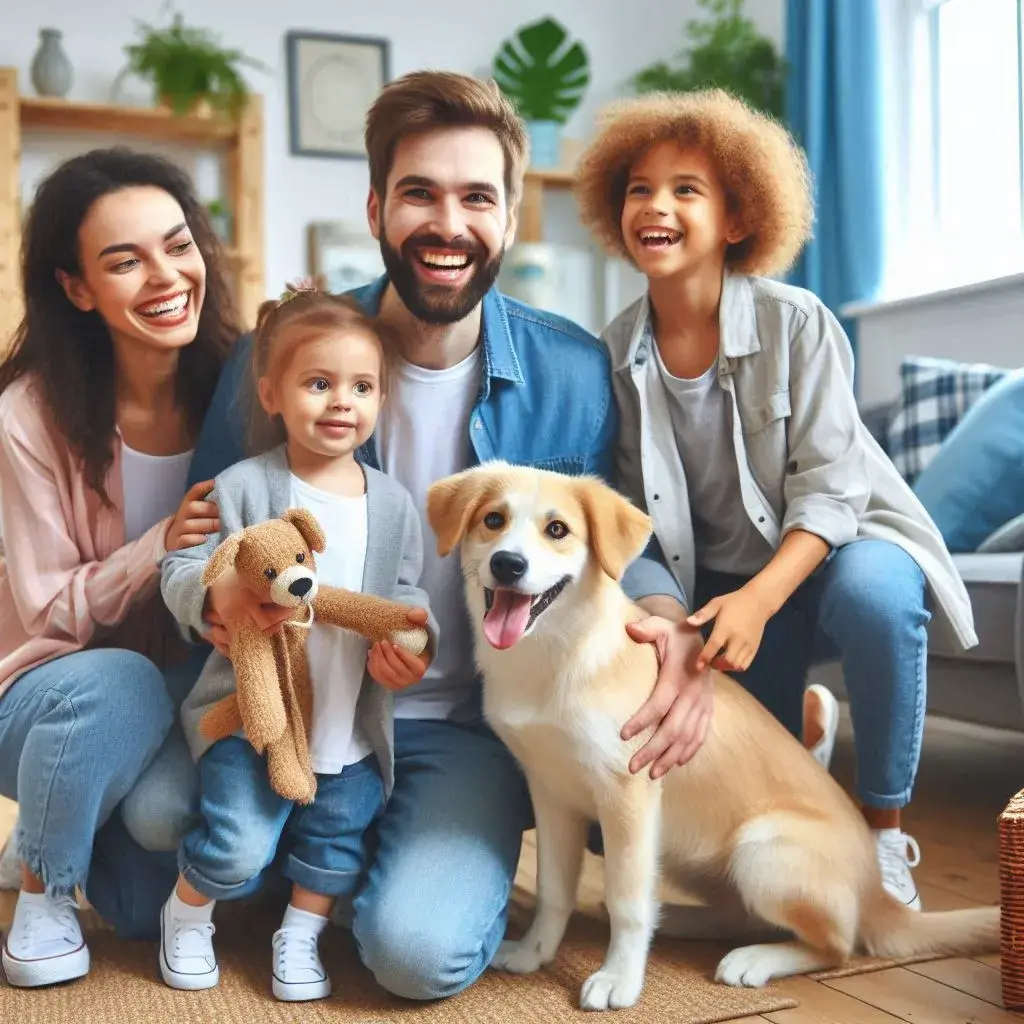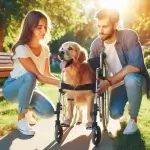Bringing an adopted dog into a home with children can be an enriching experience for both the dog and the family. However, it requires careful planning and patience to ensure a smooth and safe transition. Proper introductions are essential to foster a positive relationship and to help your new furry friend feel comfortable and secure in their new environment. This article provides valuable tips and insights on effectively introducing your adopted dog to children.
Preparing for the Introduction
Before bringing your adopted dog home, preparing both the dog and the children for the initial meeting is important.
Educating Your Children
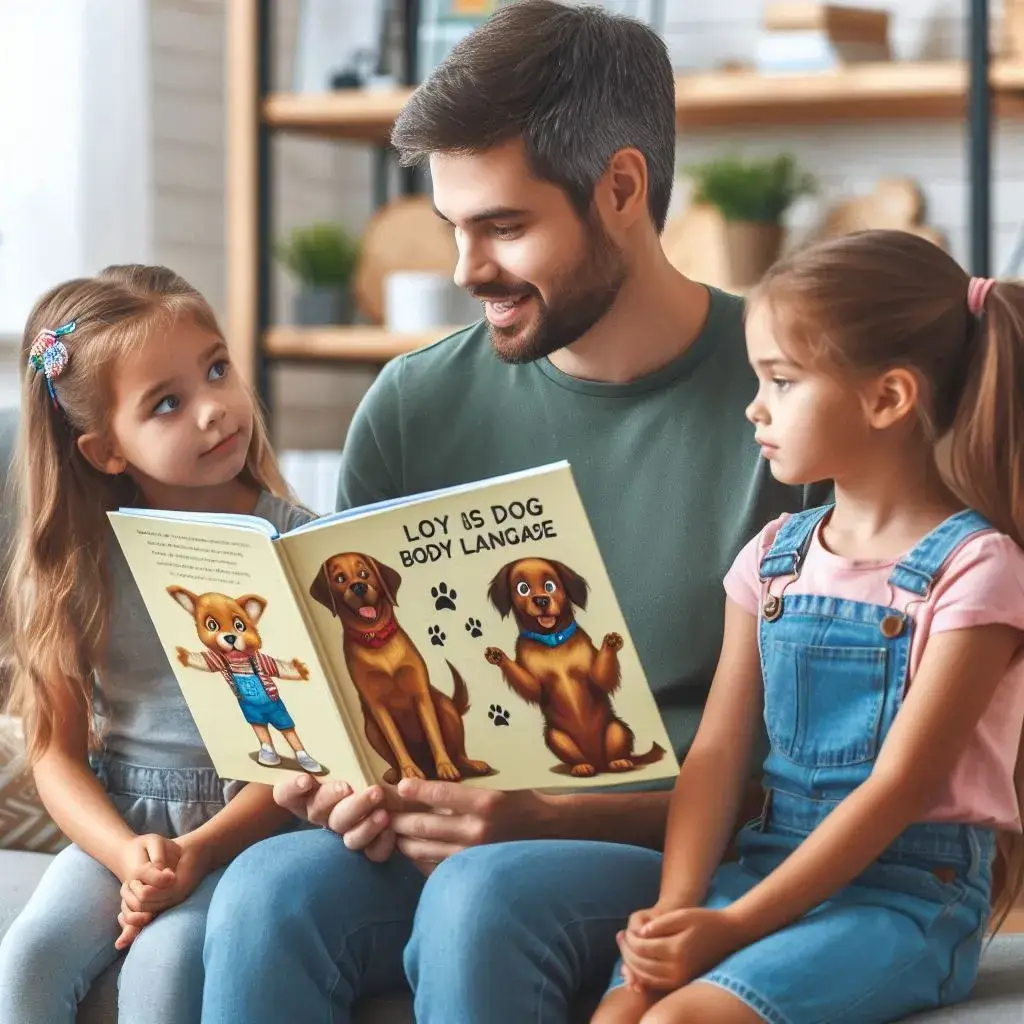
Teach your children about dog behavior and how to interact with a new pet.
Explaining Dog Body Language
Children should learn to recognize signs of stress, fear, and happiness in dogs to understand how the dog is feeling.
Demonstrating Gentle Handling
Show your children how to gently pet and handle the dog, emphasizing the importance of being calm and gentle.
Setting Up a Safe Space
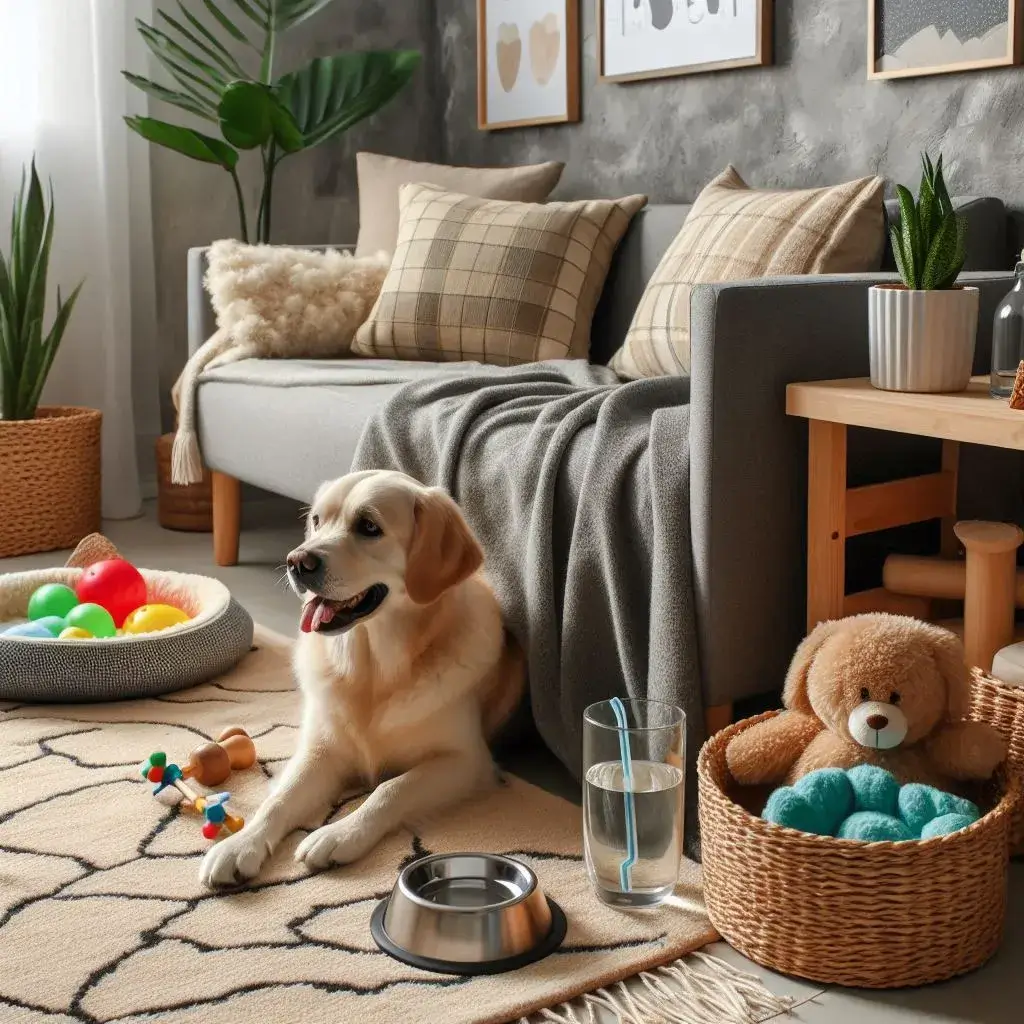
Create a designated area where the dog can retreat if they feel overwhelmed.
Designated Dog Zone
Set up a quiet, comfortable space with the dog’s bed, toys, and water where they can relax away from the children.
Gradual Introduction Plan
Plan the introduction in stages, starting with short, supervised interactions and gradually increasing the time the dog spends with the children.
The First Meeting
The first meeting between your adopted dog and your children sets the tone for their future relationship.
Supervised Initial Interaction

Always supervise the initial interactions to ensure the safety of both the dog and the children.
Calm and Quiet Environment
Choose a calm and quiet location for the first meeting to reduce stress for the dog.
Short, Positive Sessions
Keep the initial interactions short and positive, rewarding the dog with treats and praise for calm behavior.
Teaching Respectful Behavior
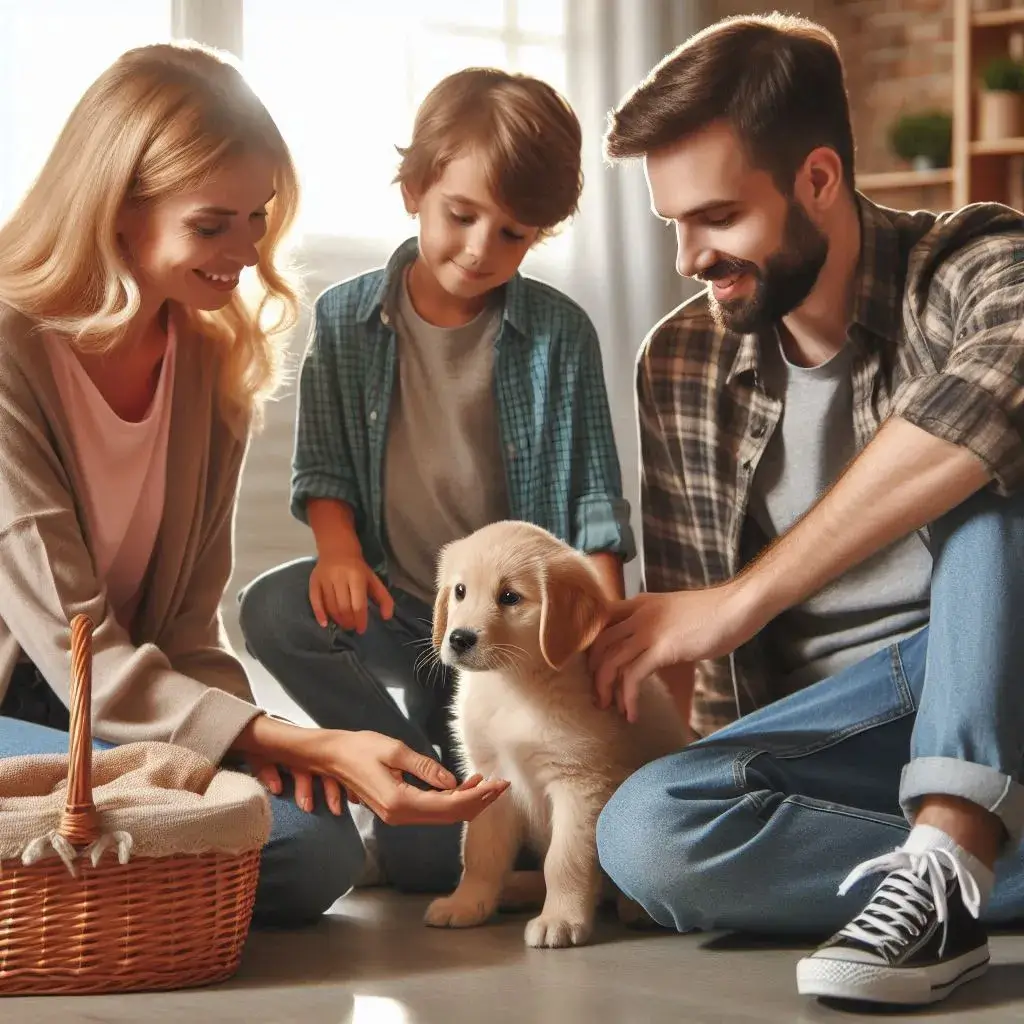
Guide your children on how to behave respectfully around the dog.
No Sudden Movements
Instruct children to avoid sudden movements and loud noises that could startle the dog.
Gentle Touch and Approach
Teach children to approach the dog slowly and to use a gentle touch when petting.
Building a Positive Relationship
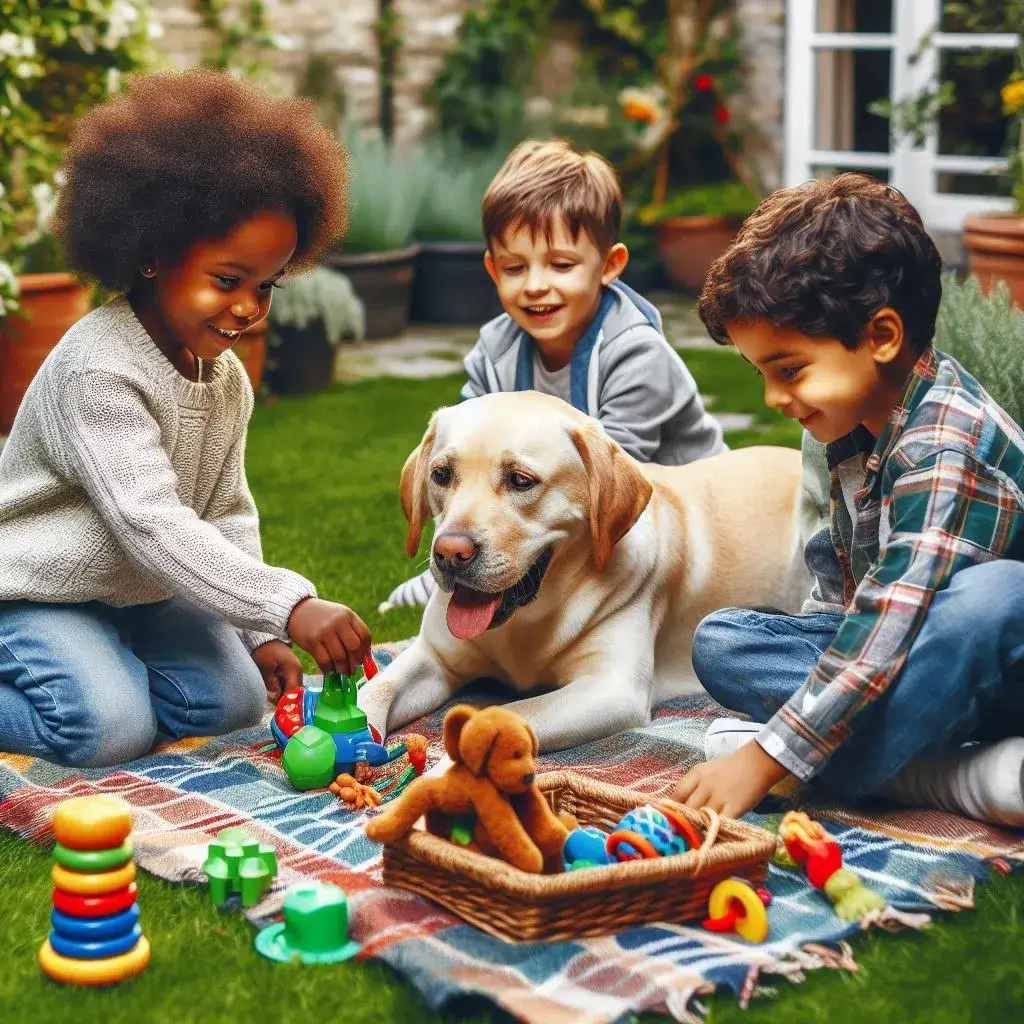
After the initial introduction, focus on building a positive relationship between the dog and your children.
Consistent Routine
Establish a consistent routine for feeding, walks, and playtime to help the dog feel secure.
Scheduled Playtime
Include the children in the dog’s daily routine by scheduling regular playtime and walks together.
Positive Reinforcement
Use positive reinforcement techniques to encourage good behavior from both the dog and the children.
Encouraging Bonding Activities
Encourage activities that promote bonding between the dog and the children.
Interactive Play
Provide toys and games that allow the dog and children to interact and play together safely.
Training Sessions
Involve the children in basic training sessions to teach commands and tricks, strengthening their bond with the dog.
Ensuring Safety and Comfort
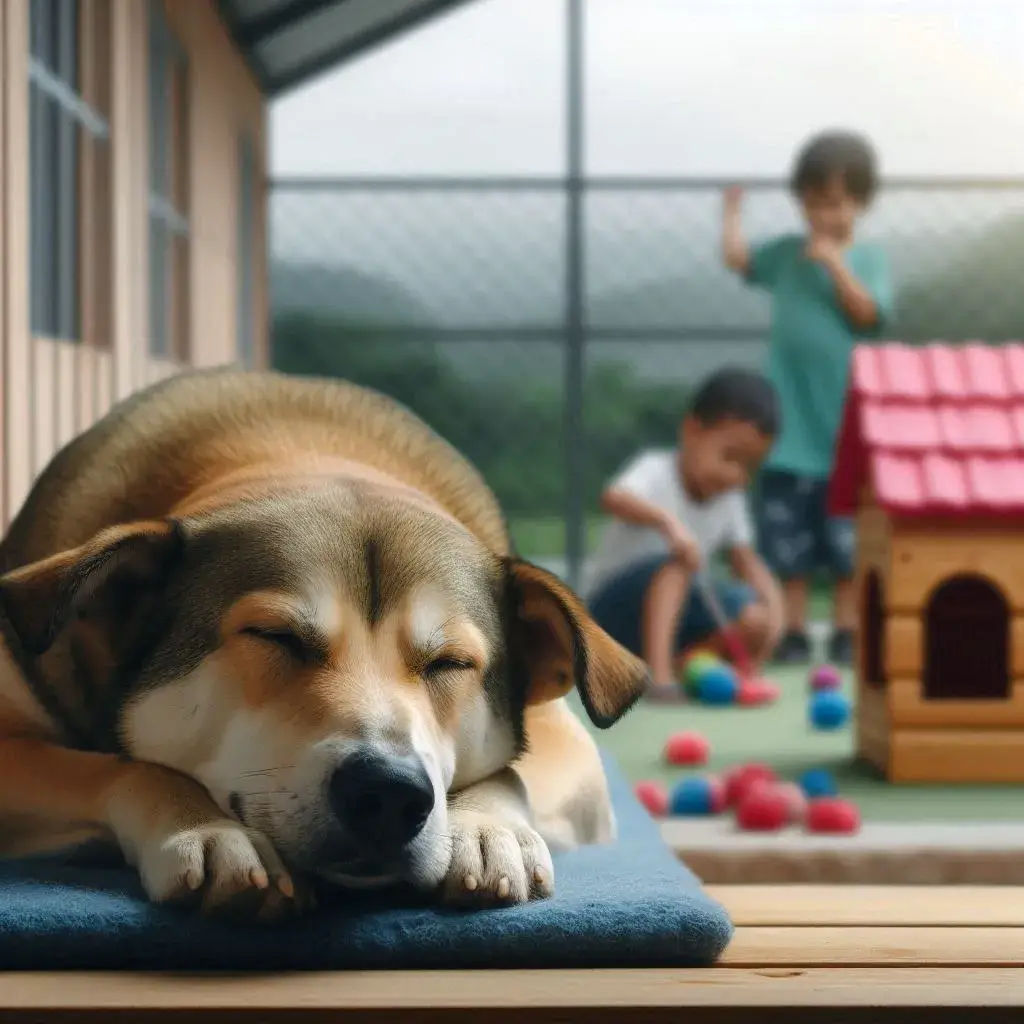
Safety and comfort are paramount when introducing a new dog to children.
Monitoring Interactions
Always monitor interactions between the dog and young children to prevent accidents.
Safe Play Guidelines
Set clear guidelines for safe play to ensure both the dog and children are comfortable and happy.
Recognizing Signs of Stress
Teach children to recognize signs of stress in the dog and to give the dog space when needed.
Providing a Safe Haven
Ensure the dog has a haven where they can retreat if they feel overwhelmed.
Respecting the Dog’s Space
Educate children on the importance of respecting the dog’s space and not disturbing them when they are in their haven.
Addressing Challenges
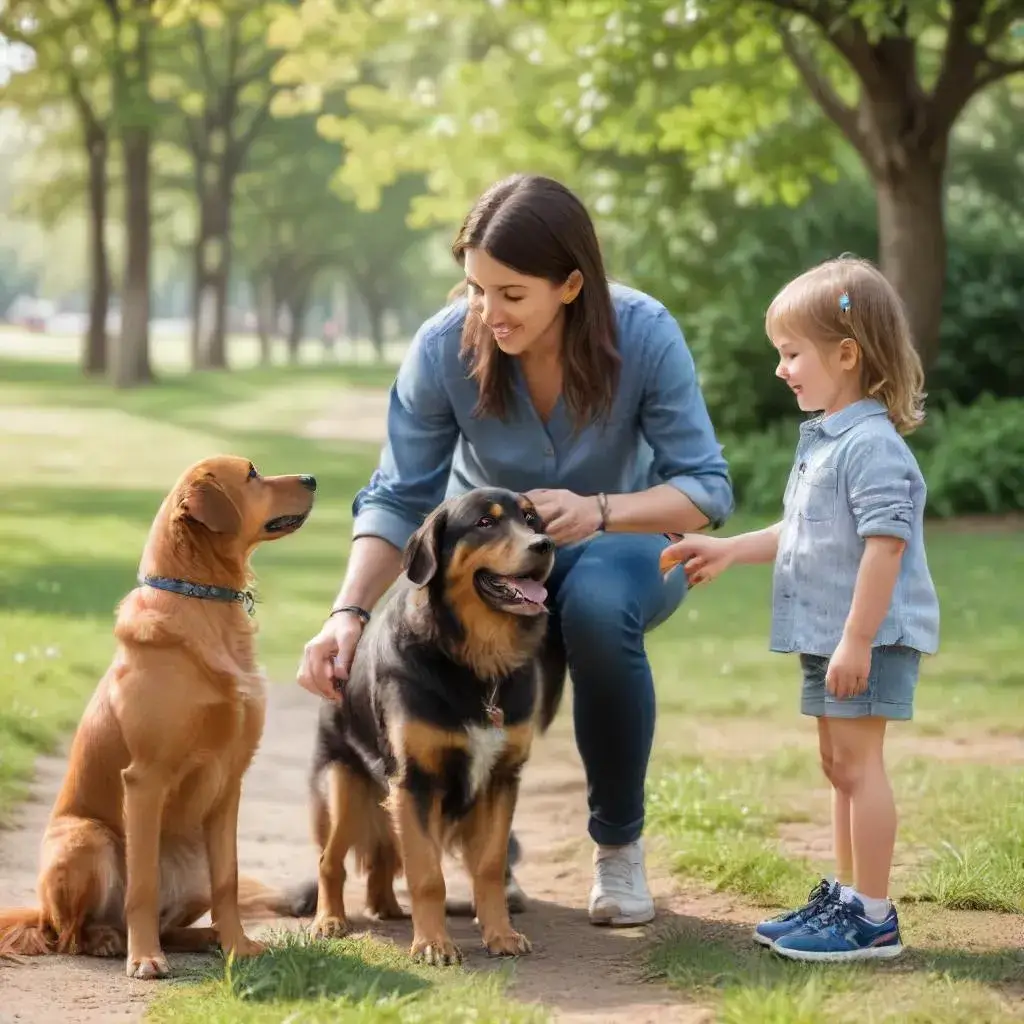
Introducing a new dog to children can come with challenges that need to be addressed promptly.
Managing Fear and Anxiety
If the dog shows signs of fear or anxiety, take steps to address these issues.
Gradual Desensitization
Use gradual desensitization techniques to help the dog become more comfortable around the children.
Professional Guidance
Seek guidance from a professional dog trainer or behaviorist if needed to address specific issues.
Reinforcing Positive Behavior
Encourage and reward positive behavior from both the dog and the children.
Consistent Training
Maintain consistent training routines to reinforce good behavior and prevent issues.
Reward System
Implement a reward system for the children to encourage responsible behavior around the dog.
FAQs
How can I make my dog feel comfortable around children?
Create a calm environment, supervise interactions, and use positive reinforcement to build a positive association with children.
What should I do if my dog seems scared of the children?
Give the dog space, use gradual desensitization, and consider seeking help from a professional trainer or behaviorist.
How can I teach my children to behave around the dog?
Educate them about dog body language, demonstrate gentle handling, and set clear guidelines for safe interactions.
Is it safe to leave my dog alone with my children?
Always supervise interactions between the dog and young children to ensure safety for both.
What are some activities that can help my dog bond with my children?
Interactive play, training sessions, and regular walks together can help build a strong bond.
How can I ensure my dog’s safety in a busy household?
Provide a designated safe space for the dog, monitor interactions, and maintain a consistent routine to help the dog feel secure.
Conclusion
Introducing your adopted dog to children requires patience, planning, and careful supervision. By educating your children, creating a safe environment, and using positive reinforcement, you can foster a harmonious relationship between your new dog and your family. Remember, the key to a successful introduction is to take things slowly and ensure that both the dog and the children feel comfortable and safe. With time and effort, your adopted dog can become a beloved member of your family, bringing joy and companionship to everyone.
